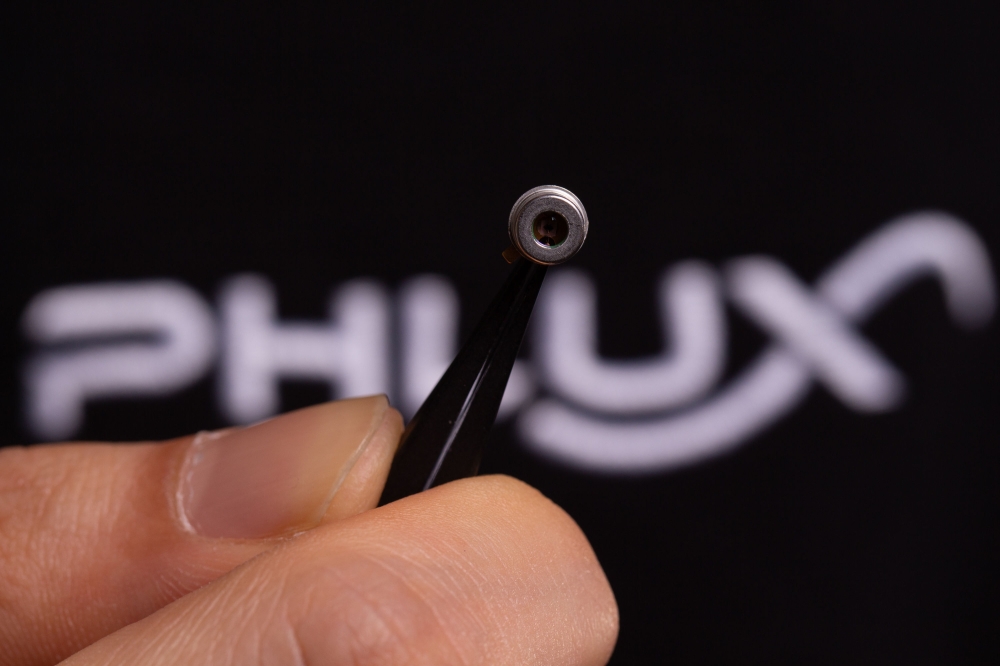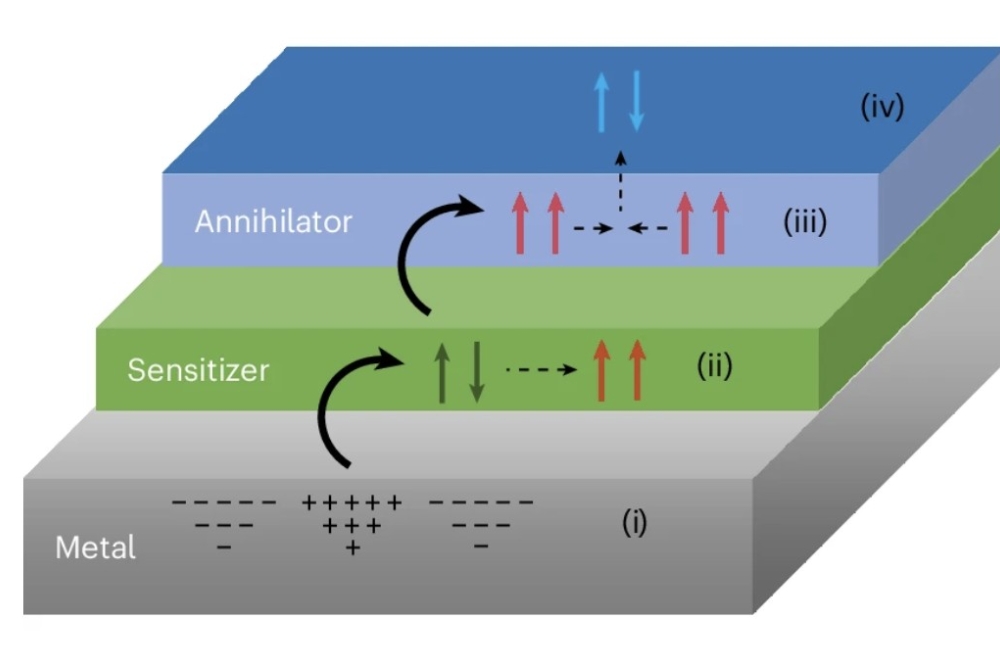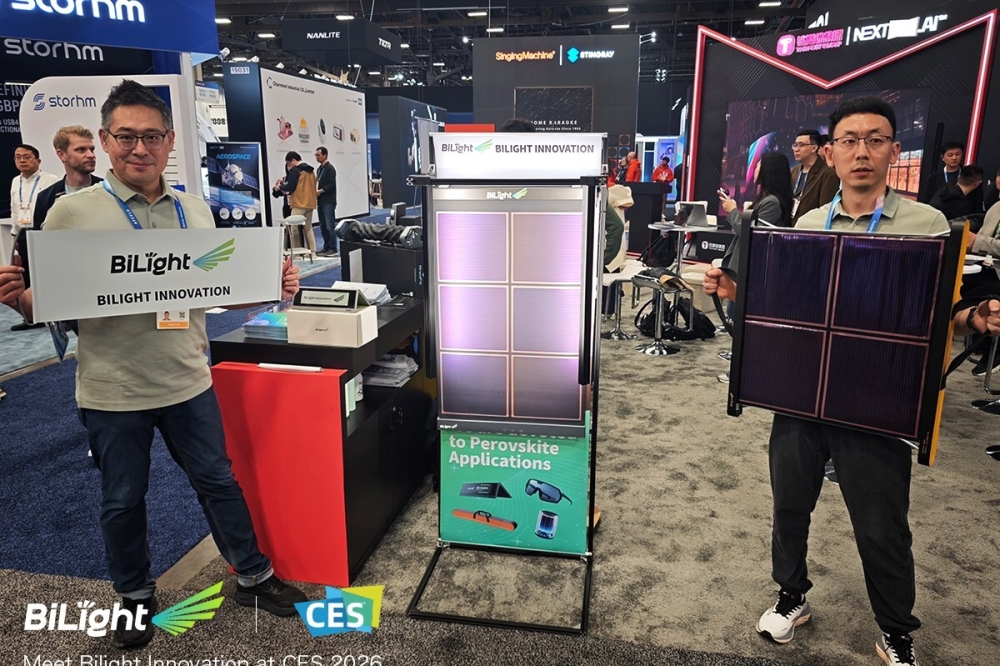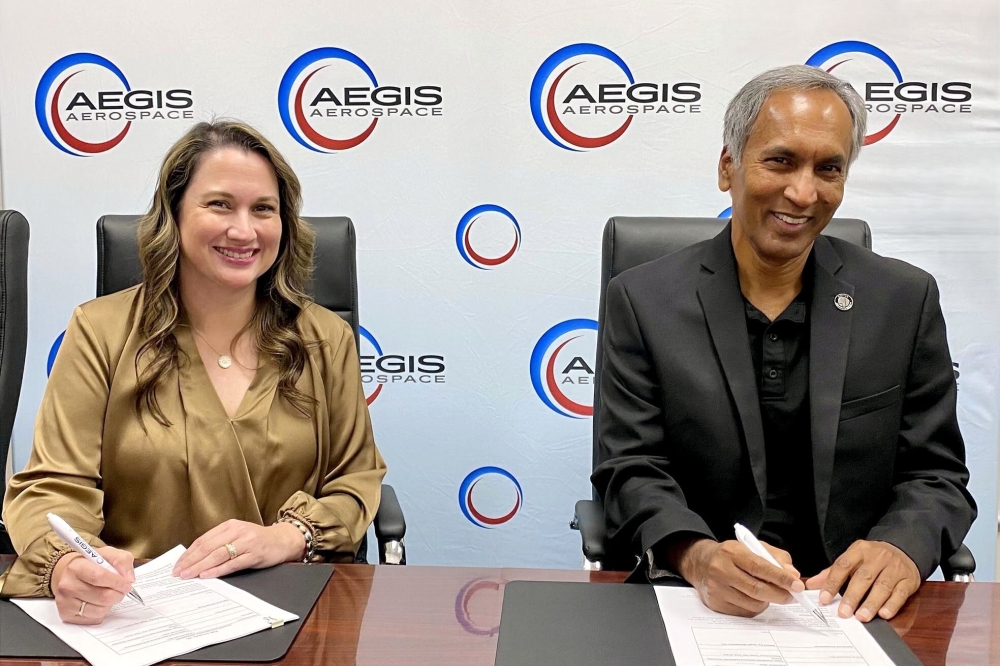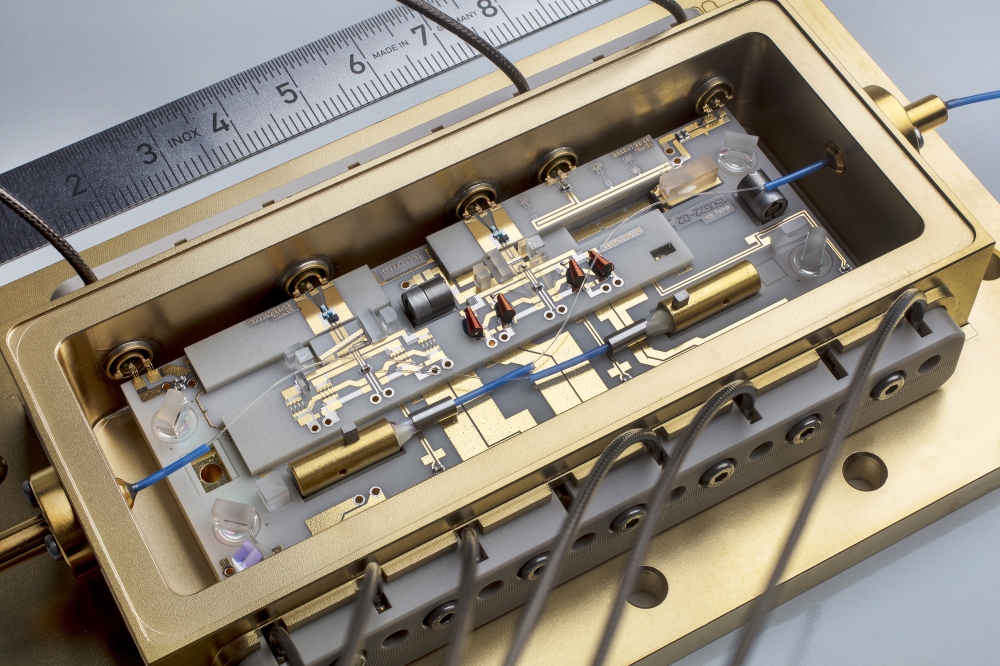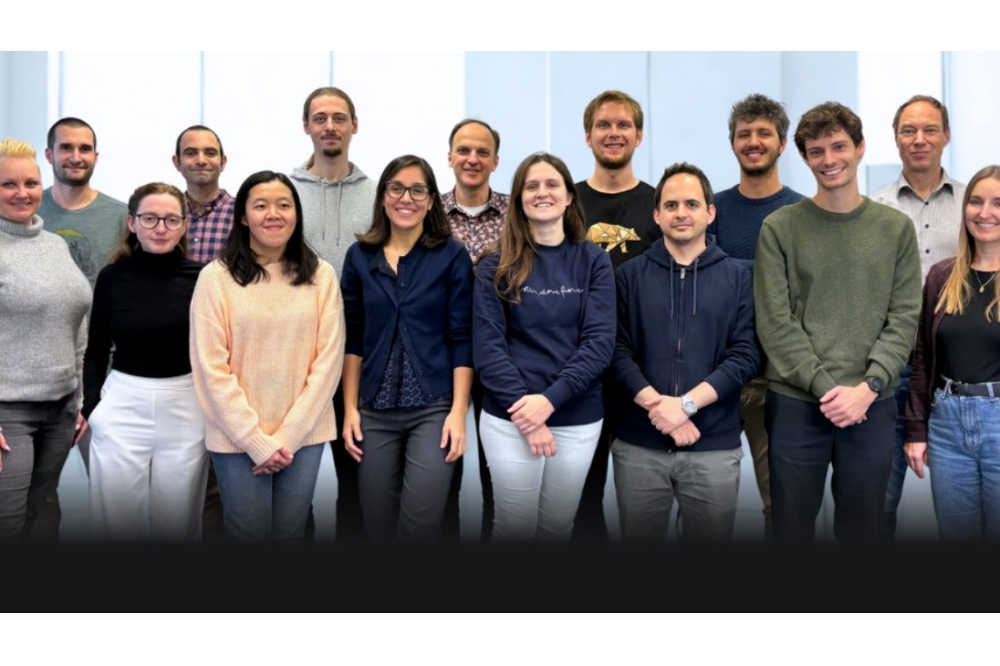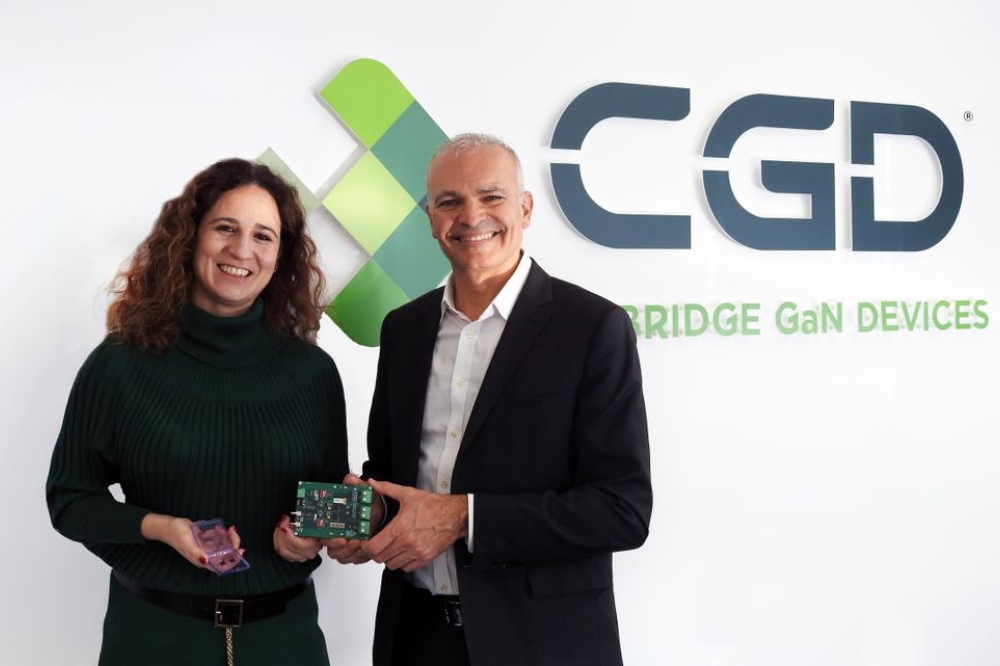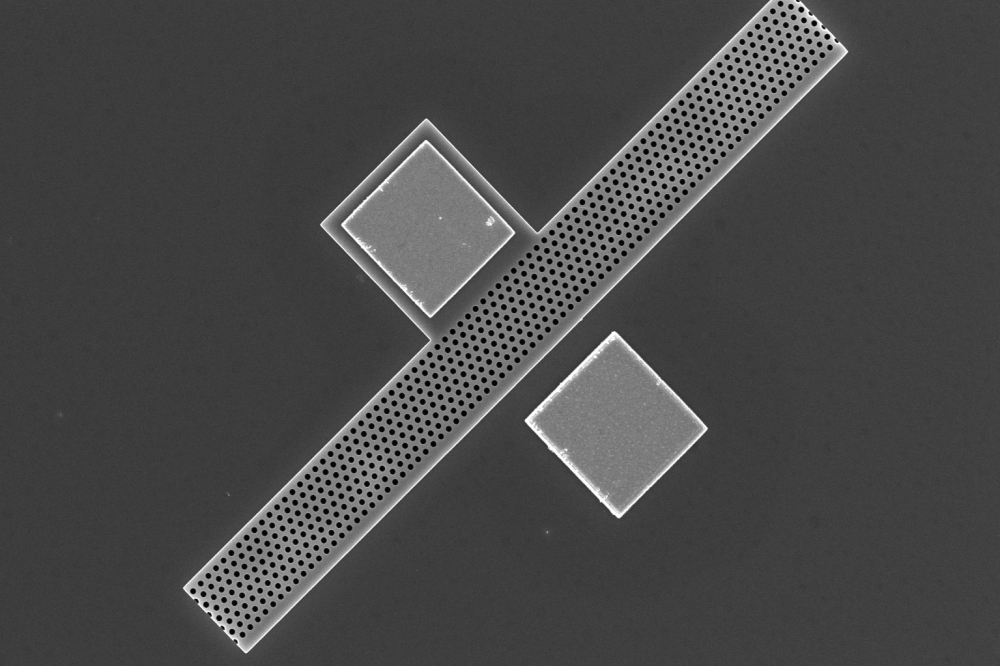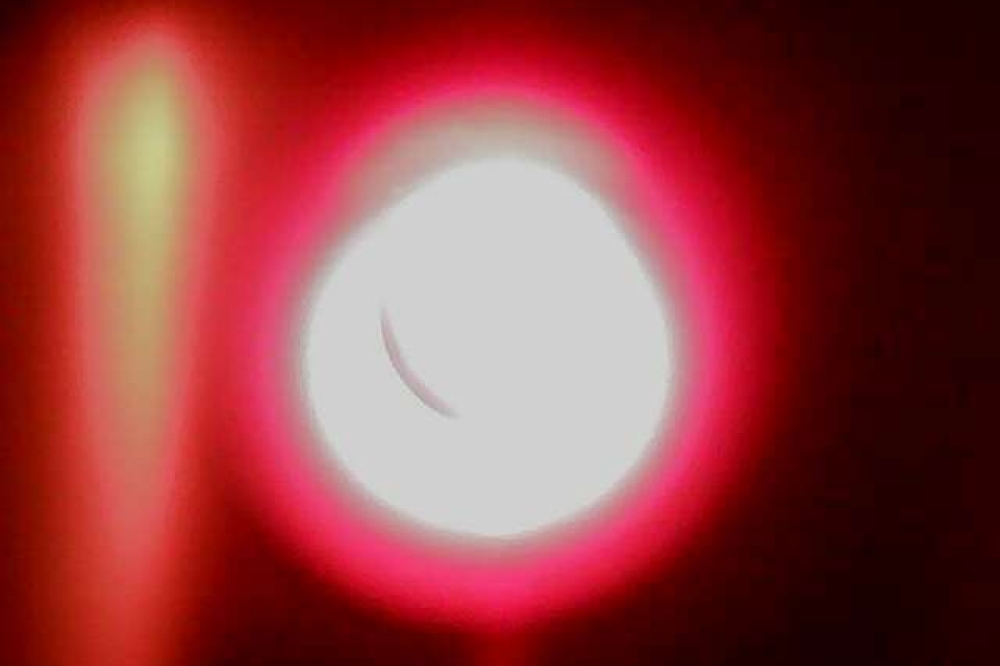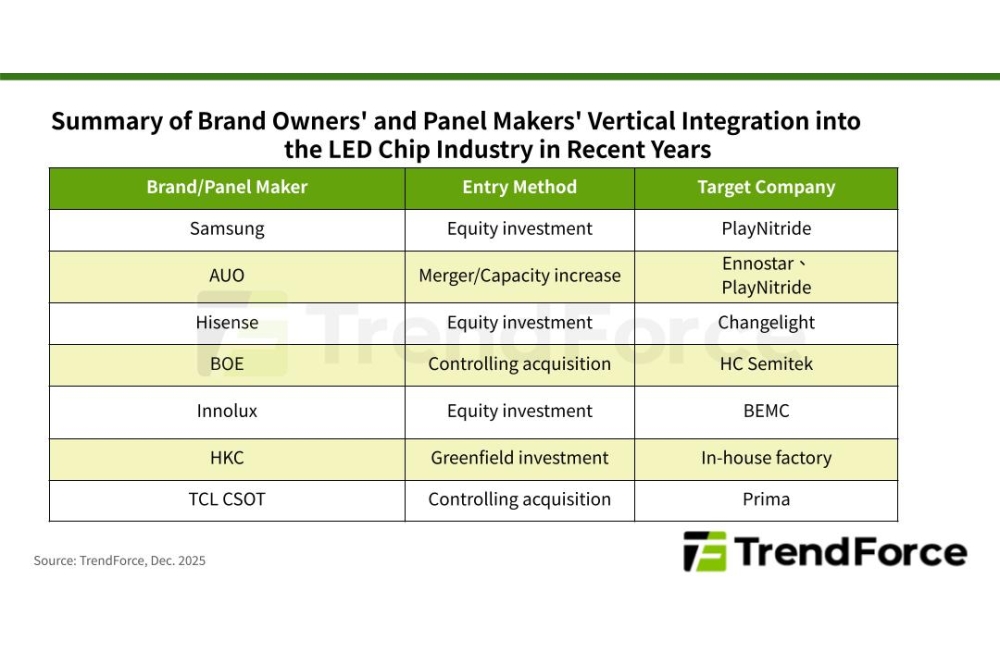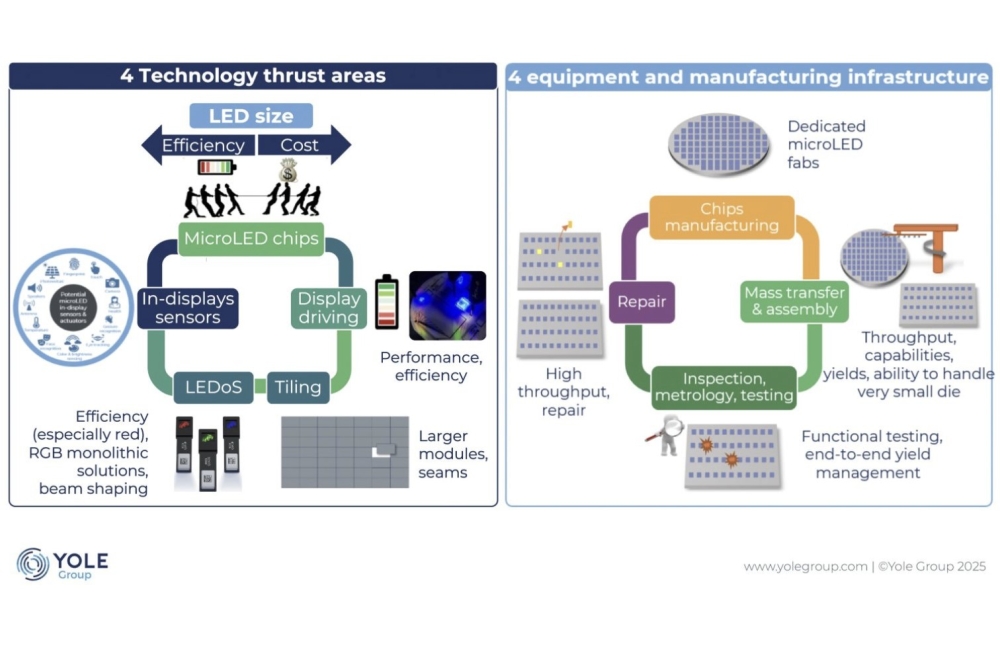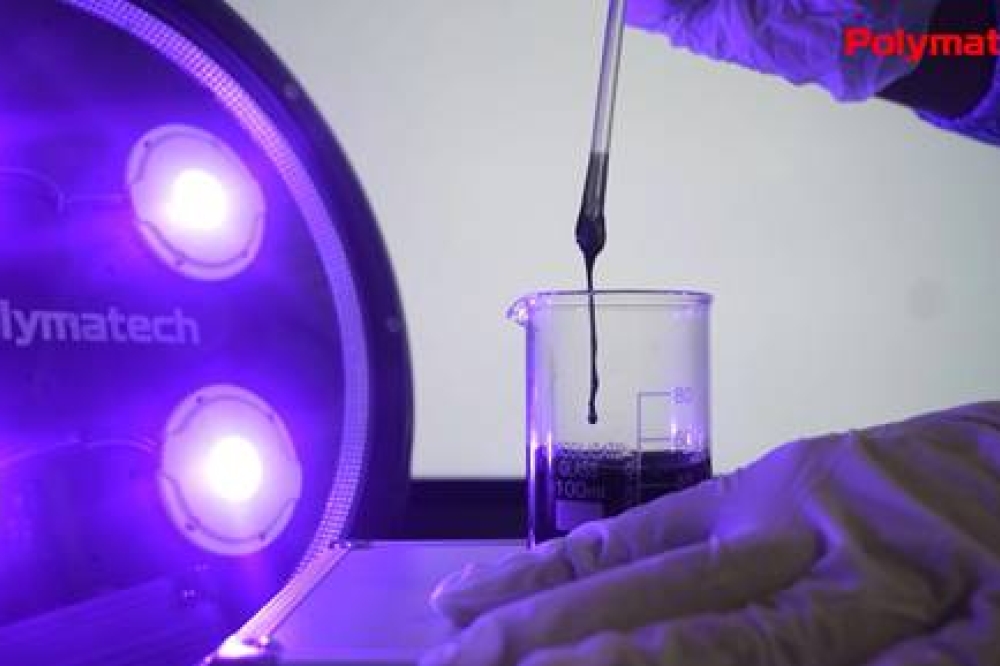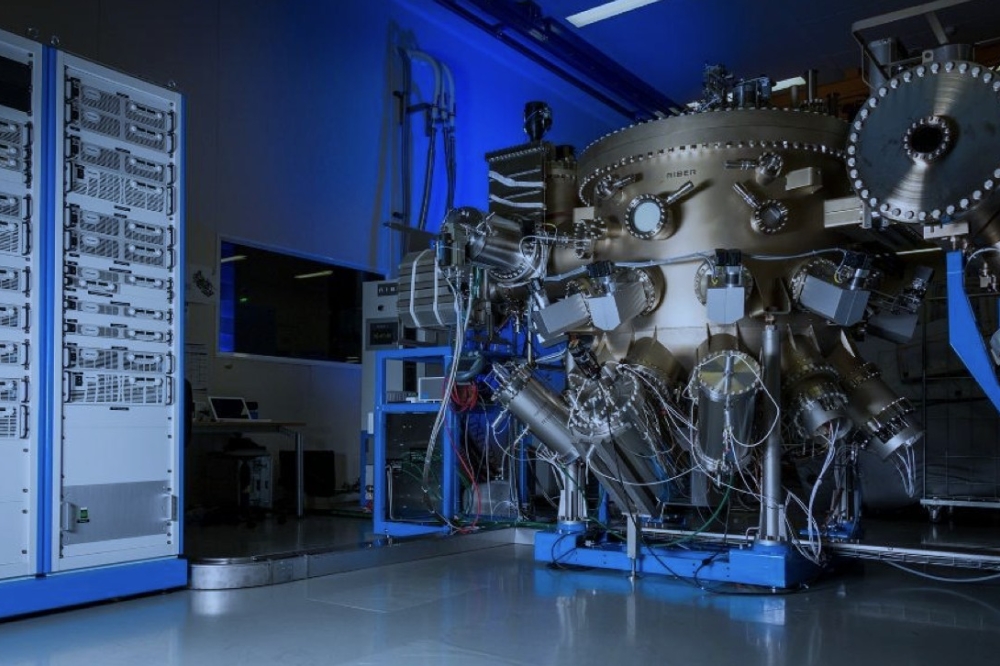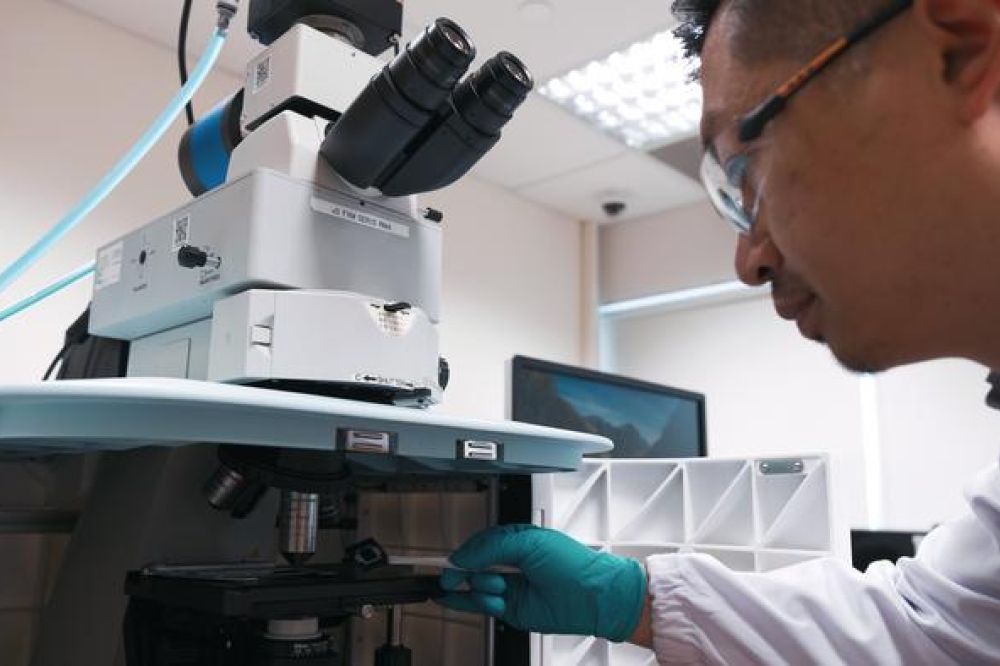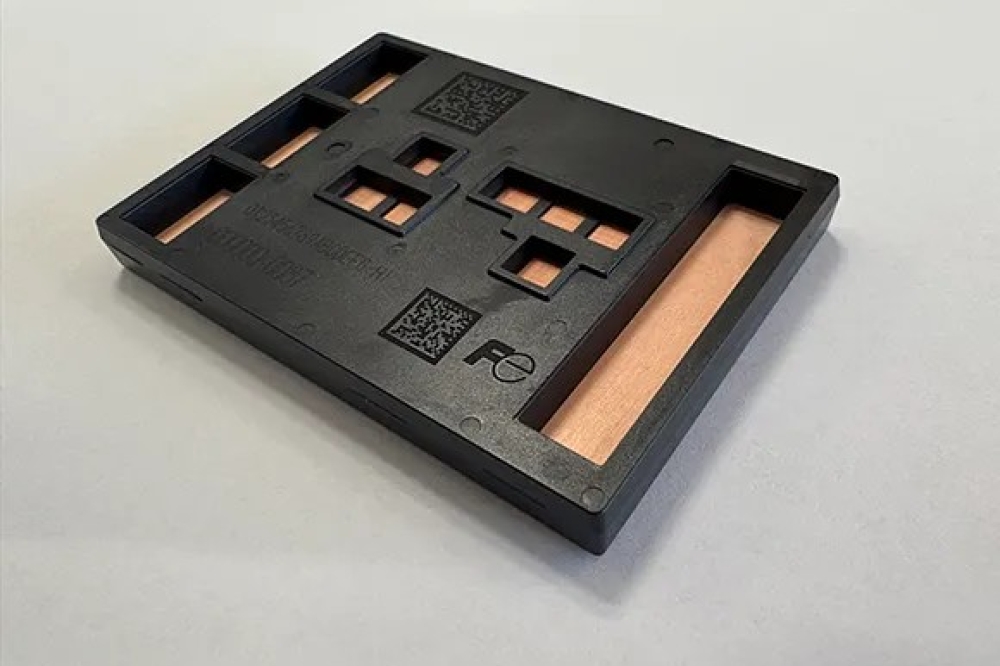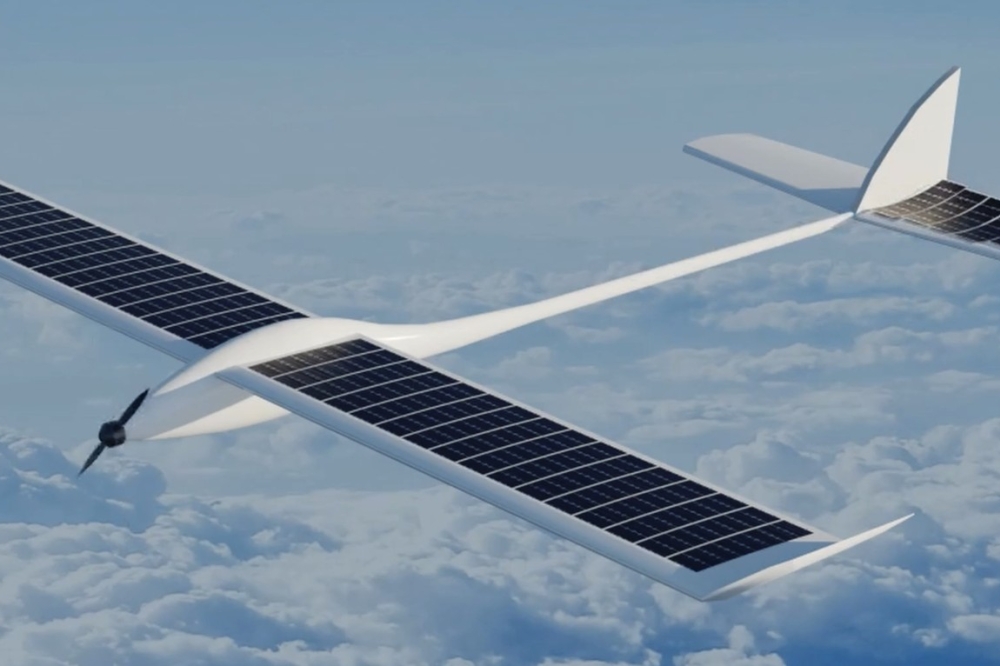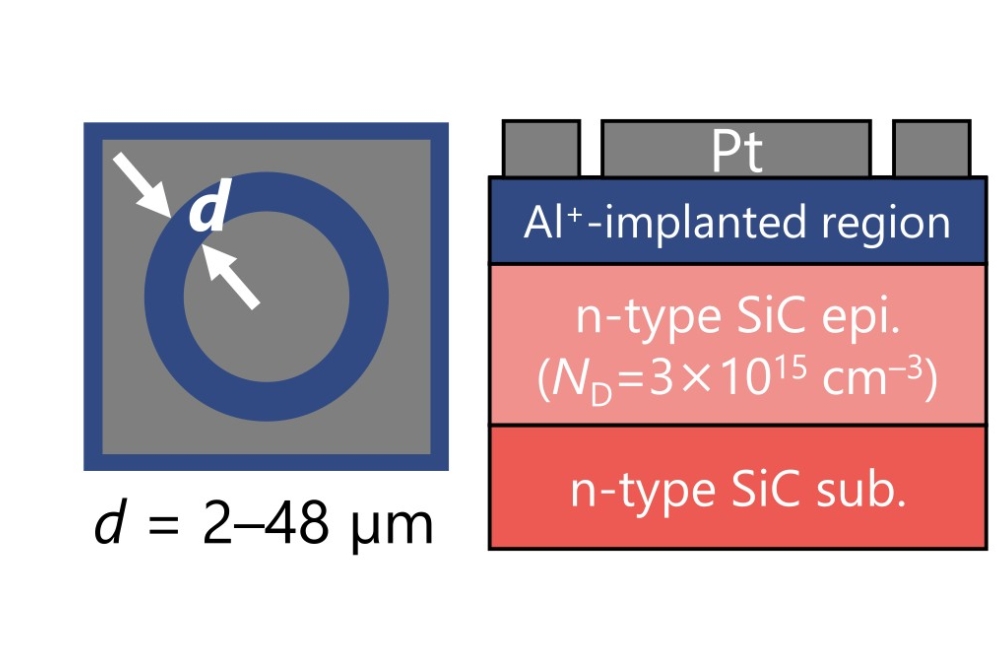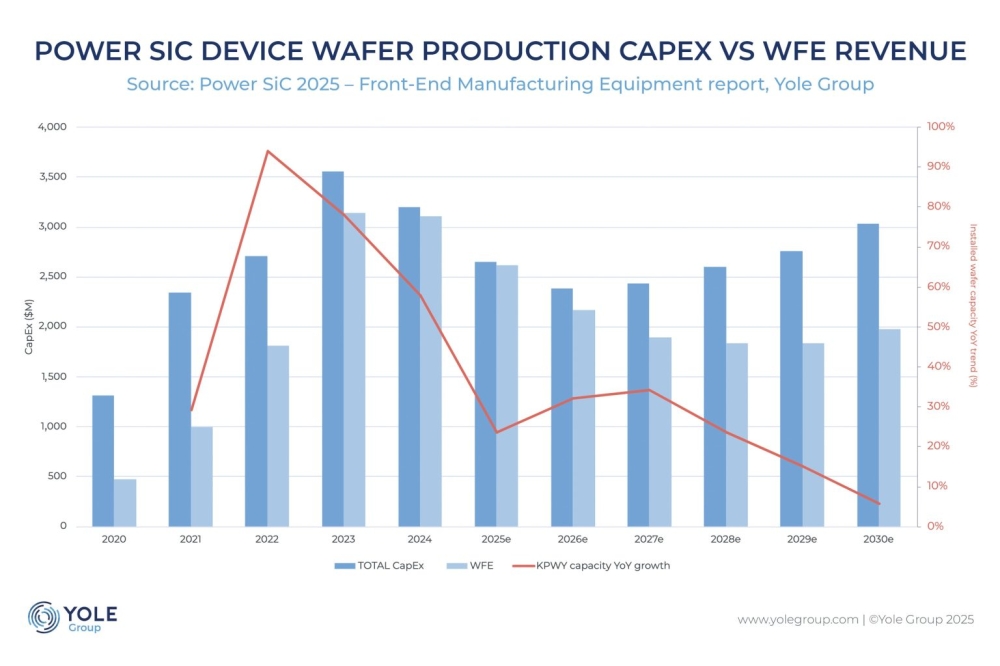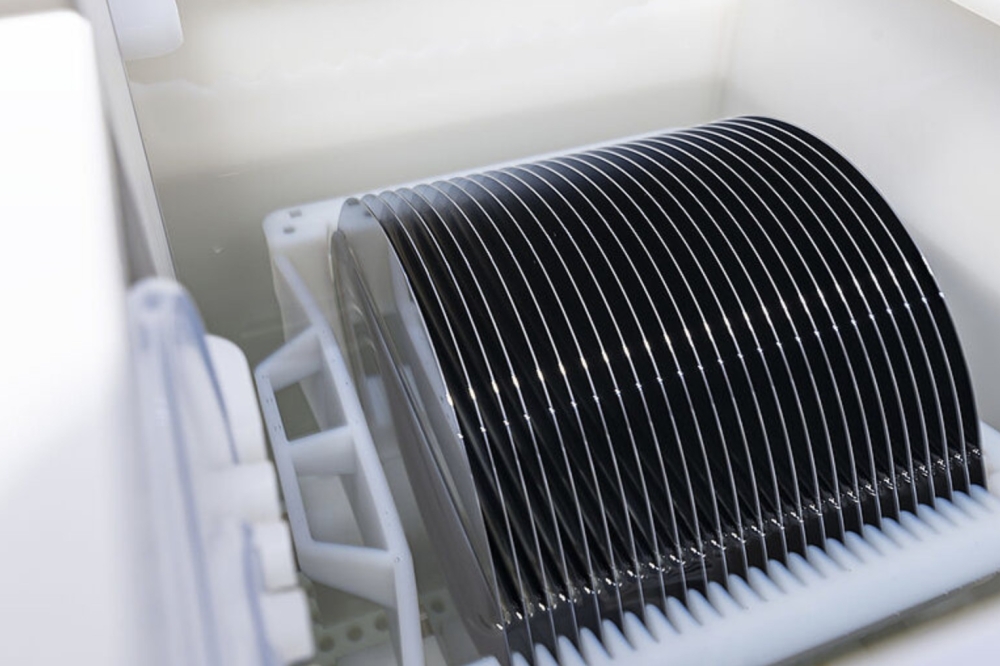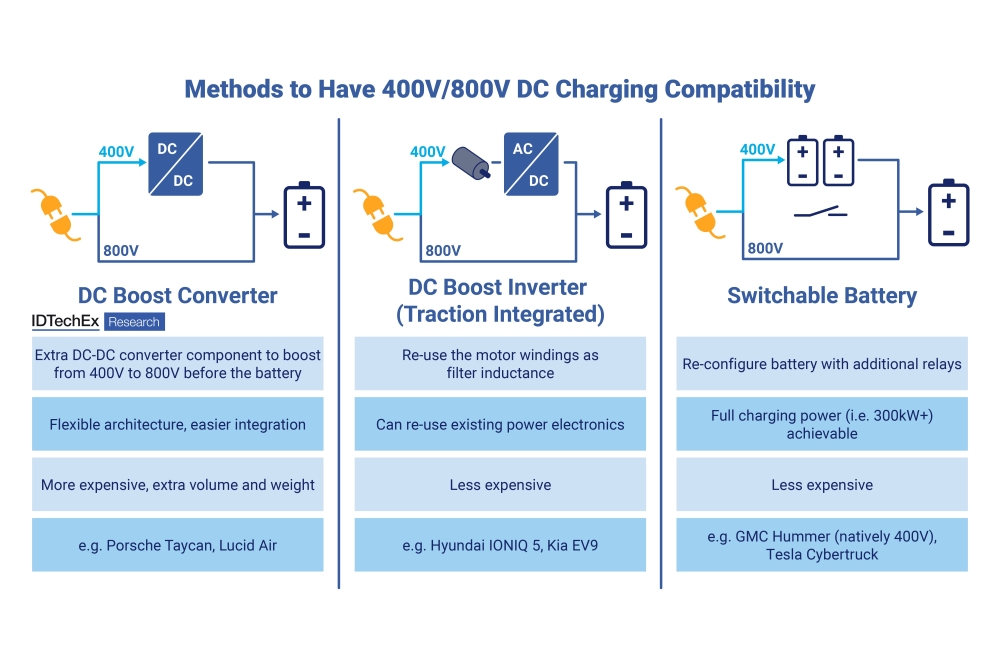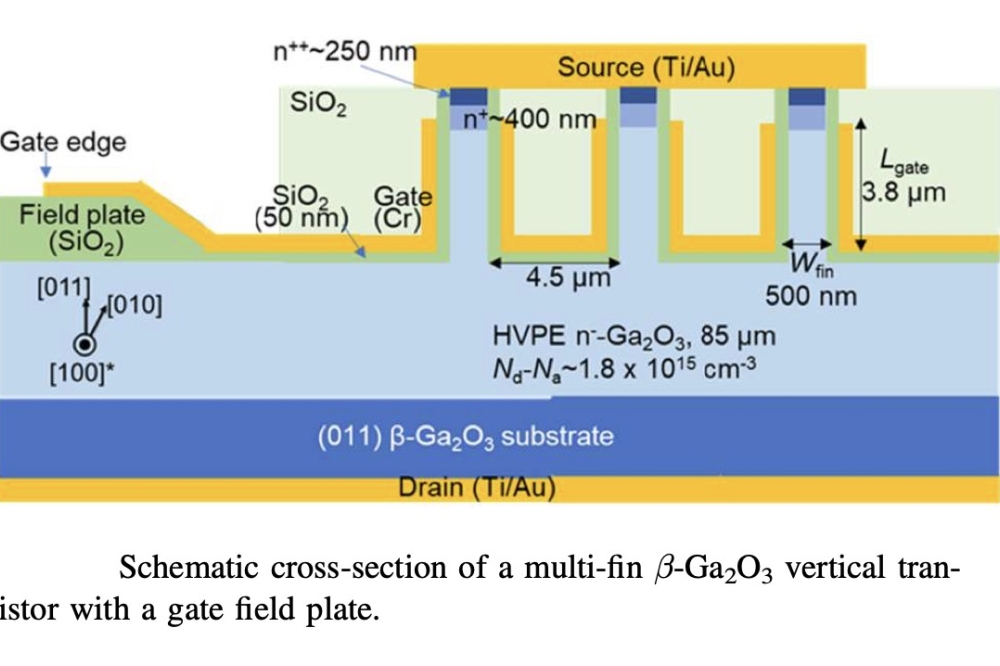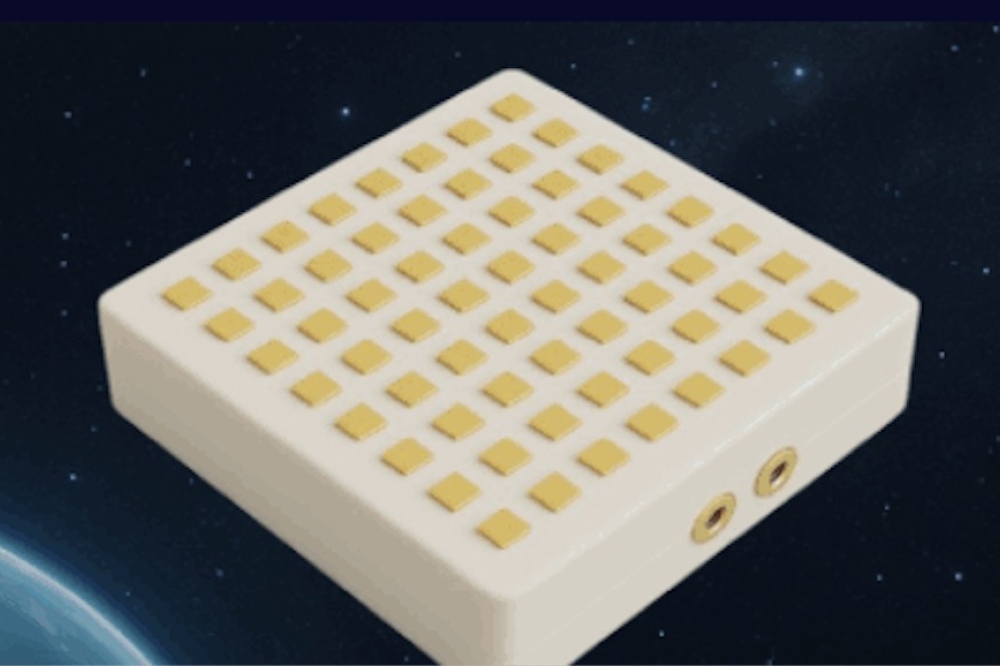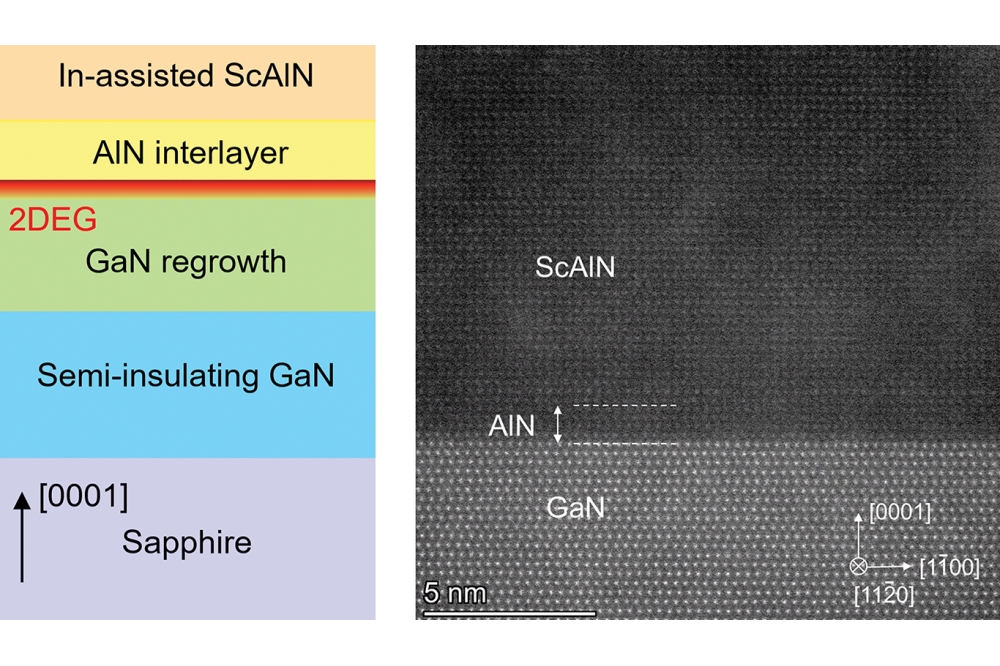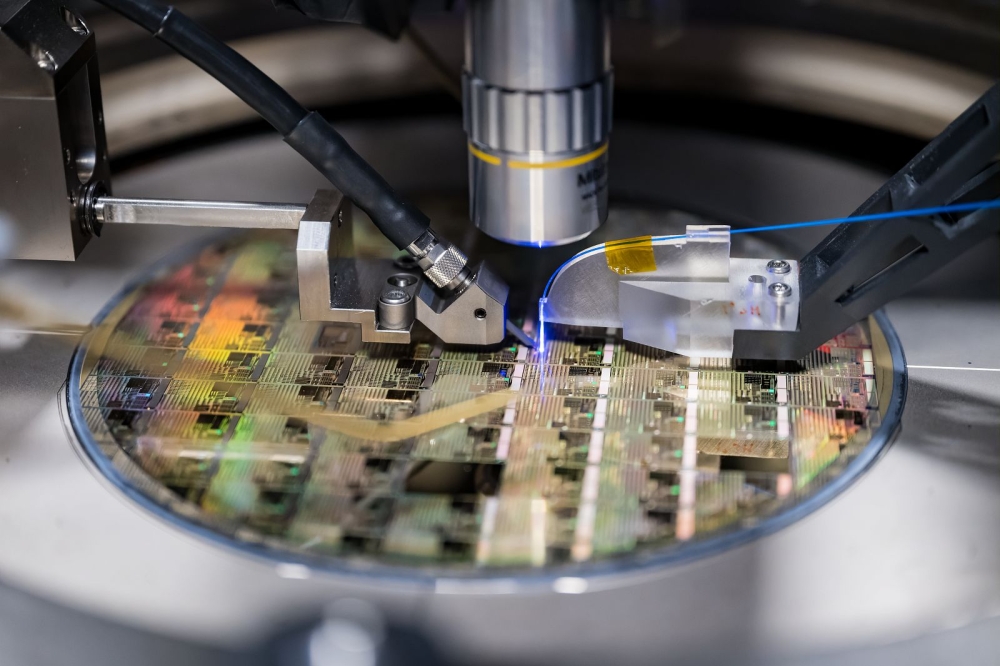A tough 12 months for CS shares

Aside from a couple of makers of optical components, shares of companies in the CS industry have headed south over the last year.
BY RICHARD STEVENSON, EDITOR, CS MAGAZINE
Within our industry, we know a great deal about the impact of our actions on the tasks in hand. We understand how molecular flow rates, pressure and temperature influence the growth of epilayers, and how changes to the architecture of LEDs, lasers and power devices alter their performance.
What’s far harder to fathom – and impossible to know for sure – is the degree of influence of various forces on the share price of compound semiconductor companies, which have tended to suffer from a fall in valuation over the last 12 months. While the tariffs introduced by the White House have dragged down valuations, they are by no means the only headwind to share prices within our industry, with a softening of the growth in the electric vehicle market also having a significant impact.
Note, though, that not every company on this year’s Compound Semiconductor Shareprice Leaderboard has seen its share price fall in the 12 months running up to the end of April 2025. Bucking that trend are a couple of companies that produce optical components: in pole position is Lumentum, which has enjoyed an increase in share price over the last year of almost 40 percent; while second-placed Coherent has a valuation that has climbed by nearly 20 percent.
Lumentum’s share price has soared from around $40 throughout autumn 2024, and by late January it had hit just over $100, before falling back to around $60.
In an upbeat call on 7 November 2024 to discuss the first fiscal quarter 2025 results that went down well with investors and appeared to spur a climb in share price, the company CEO at that time, Alan Lowe, delighted in a revenue exceeding guidance. Sales for that fiscal quarter came in at $336.9 million.
During that call Lowe remarked: “We set a new record for datacom laser chip orders, including 200-gig EML (electro-modulated) laser chips, reflecting strong demand from multiple customers, including an AI infrastructure customer. Based on expanding cloud demand and improving trends in the broader networking market, we expect double-digit sequential revenue growth in the second quarter.”
According to Lowe, another highlight from that fiscal quarter was the expansion and diversification of the company’s cloud and AI business. During those three months Lumentum secured a new hyperscale transceiver customer, which will provide volume shipments this year.
Lowe and his team are implementing a three-pronged strategy to grow Lumentum’s cloud data centre business. Efforts are focused on: expanding cloud and AI customer opportunities at the component and transceiver levels, as customers migrate to higher speeds; scaling significant production capacity for components and transceivers outside China; and advancing differentiated technology roadmaps, to ensure that customers can scale future generations of cloud and AI data centre architectures to higher compute capacities in a more cost-effective, power-efficient manner.
Discussing each of these in turn, Lowe began by arguing that during a transition to higher speeds, Lumentum’s technology becomes increasingly valuable.
“In the coming year, the transition to 200G lane speeds will drive growth and increase the importance of single-mode optics and indium phosphide laser transmitters,” remarked Lowe, adding: “Our indium phosphide EML transmitters have established a strong reputation for high performance, high quality, and reliability. Underscoring this, our 100G EMLs are currently shipping in high volumes to a wide range of optical transceiver suppliers for use in leading-edge, single-mode 400G, and more importantly, 800G, optical transceivers.”
Progress on the second prong – expanding manufacturing capacity at established Lumentum facilities outside China – is viewed as essential to ensuring a secure, reliable supply chain for cloud and AI customers.
Commenting on this goal, Lowe said: “We are on track to increase EML production capacity by 40 percent in Q4 of fiscal 2025, compared to our capacity in Q4 of fiscal 2024. This expansion will help alleviate the industry-wide shortage of indium phosphide capacity.”
Lumentum’s third prong of its cloud and AI strategy is to deliver innovative technologies to address the escalating challenges of scaling data centre compute capacity.
“We are collaborating with leading-edge customers to develop breakthrough solutions to enable higher data link capacities with enhanced energy efficiency that will support their multi-year cloud and AI infrastructure roadmaps,” said Lowe.
He added that Lumentum had started to ramp 200G laser chips, and was working closely with its customer on future generations of higher speed optical links, as well as new architectures, including co-packaged optics, that will require unique ultra-high-power lasers.
“Our advanced indium phosphide and photonic integrated circuit capabilities are essential for meeting these upcoming demands. While we don’t expect the deployment of these technologies to start until our fiscal 2026, we are actively collaborating with customers to shape the future of optical technology.”
Lowe updated investors in a call discussing second fiscal quarter 2025 earnings on 6 February, the day before he handed over the reins to Michael Hurlston.
For that quarter Lumentum exceeded its guidance, with sales netting $402.2 million. The company would also have been encouraged by its improving operating margin, up 490 basis points sequentially and 600 basis points year-on-year.
“This level of performance was driven by robust demand from cloud customers, both inside the data centres as well as interconnecting data centres, along with an overall improving networking market,” remarked Lowe.
Around the time of the call, the AI technology from China, DeepSeek, had been grabbing headlines in mainstream media. Commenting on this, Lowe argued: “Discussions with cloud customers reinforce that advancements in software efficiency are key to the long-term viability of the AI business model, just as efficiency gains in optical data transmission are essential for enabling AI in data centres. These reports on improved efficiencies highlight a positive trend that strengthens the AI market for both our customers and our business.”
Offering an update on its transceiver capacity expansion, Lowe said progress is on-track. “Complementing our existing production lines in Thailand, construction of our large new three-story facility and clean room on the same campus is well underway, with the first floor completed and ready for tool installation.”
During the second fiscal quarter, 2025, Lumentum broke its record for EML shipments, and started to deliver 200G lane-speed EMLs to multiple customers.
“Based on the breadth of our 200G EML design wins, we expect to gain additional laser transmitter market share in the upcoming wave of 800G and 1.6T transceivers utilising the more efficient 200G EMLs for AI applications,” said Lowe. So strong is demand for Lumentum’s EML chips that the company expects demand to exceed supply until at least the beginning of next year.
Lumentum is also selling into the industrial technology sector, where it claims to be developing new products that meet a growing demand for high precision and speed. Recently, it introduced a 26 kW fibre-laser, delivering cutting speeds up to three times faster than its predecessor.
“We have shipped sample units to a key customer and are receiving very positive feedback,” remarked Lowe.
Lumentum is anticipating a significant increase in sales over the coming quarters. Revenue for the third fiscal quarter is expected to range between $410 million and $425 million. Looking further ahead, the goal is a quarterly revenue of $500 million by the end of this calendar year.
Coherent: Expanding InP capacity
Coherent, a colossus in our industry with a wide portfolio of lasers and SiC activity, has seen its share price on a similar trajectory to that of Lumentum, climbing strongly through the latter half of 2024 to eclipse $100, before falling to around two-thirds of that value.
For the most recently reported fiscal quarter – the second fiscal quarter, 2025, which ended on 31 December, 2024 – Coherent recorded revenue of $1.43 billion, up 6 percent sequentially and a 27 percent increase year-over-year.
In a call with investors to discuss these results, CEO Jim Anderson remarked: “During our fiscal second quarter, we made solid progress toward our goal of achieving durable companywide gross margin of over 40 percent.”
The company claims that it’s gross margin, when measured with the most meaningful metric, is 38.2 percent – it is said to mark strong improvement on both a sequential and year-over-year basis, although Anderson believes the company still has a lot more work to do on this front.
Helping to drive up Coherent’s revenue are sales to the data centre and communications markets.
“We achieved record Q2 datacom revenue, which grew 4 percent sequentially and by 79 percent year-over-year, due to ongoing strong AI data centre demand,” remarked Anderson, who said that the number of customers adopting and ramping Coherent 800G transceivers is increasing, and revenue for variants at 400G and below remains strong.
“We also continue to make solid progress on our 1.6T transceiver products as we move through key engineering milestones with our customers. After delivering initial samples of our 1.6T datacom transceivers to customers last year, we remain on track to begin ramping sales in calendar 2025.” Looking further ahead, Coherent is now developing 3.2T transceivers.
In early December, 2024, Coherent signed a non-binding preliminary memorandum of terms with the US Department of Commerce, for CHIPS Act funding for up to $33 million to support the modernisation and expansion of its cleanroom in Sherman, Texas. The funding would enable an expansion of the world’s first 150 mm InP manufacturing line, adding advanced wafer fabrication equipment to support the production of InP devices at scale.
Anderson mentioned this when remarking that InP production output has tripled on a year-over-year basis, when comparing the second fiscal quarters for 2025 and 2024.
“This enabled rapid year-over-year growth in our 800 gig transceiver products, some of which are EML-based and some of which are based on CW lasers combined with our silicon photonics solution.”
According to the Coherent CEO, the expansion of InP capacity over the next few quarters will increase production capacity for EML and CW lasers.
“We also continue to execute on a road map of important ingredient laser technologies, such as our 200G differential EMLs; 200G VCSELs; and high-power CW lasers for our silicon photonic solutions.”
Sales for the third fiscal quarter are expected to be similar to those for its predecessor, with revenue between $1.39 billion and $1.48 billion.
Riber’s rising revenue
Third on this year’s leaderboard is the MBE equipment maker Riber – gaining that distinction, despite a fall in share price of almost 8 percent over 12 months.
Riber does not broadcast quarterly earnings calls with investors, so there’s less detail disclosed behind its financial performance.
On 9 April, 2025, the company reported its financial results for 2024. Annual revenue had increased year-over-year by 5 percent to €41.2 million, and Riber recorded a net income for that period of €4.1 million.
Riber claims that it is strengthening its position in the MBE market, for both research and industrial production. During that year the company received orders for 13 new MBE systems.
One of Riber’s new initiatives is the development of ROSIE (RIBER Oxide on SIlicon Epitaxy), a new system dedicated to the silicon photonics sector. The commercial launch of this tool is slated for 2026.
As of 31 December, 2024, Riber had an order book of €21.7 million, down 17 percent year-on-year. Orders included seven MBE systems (€16.7 million), of which five were for production. Orders for services and accessories totalled €5.0 million.
Riber has declined to provide guidance for this year. It has taken this stance due to uncertainties linked to the application of US customs duties and the economic environment.
Coherent operates in many sectors, with sales all
over the world. Note that: revenue is by region, based on the customer
headquarters address; and amounts may not recalculate, due to rounding.
Credit: Coherent
Woeful Wolfspeed
Investors in wide bandgap specialist Wolfspeed have had a few tough years. In November 2021 the company’s share price peaked at almost $140, and since then it’s plummeted, crashing from just over $70 at the start of 2023 to below $5 today. In the time period used for the leaderboard, the price plunged by 87 percent, enough for Wolfspeed to claim the bottom spot this year.
This substantial fall in share price reflects the company’s financial position. It is running at a considerable loss, and there are concerns related to the strength of its diminishing reserves. Restructuring has been introduced to trim the wage bill, and it is hoped that the appointment of a new CEO, Robert Feurle, this March, will help to turn around the company’s fortunes.
Not helping matters is uncertainty surrounding a $750 million grant under the US CHIPS Act.
For the most recently reported fiscal quarter, quarter two 2025, Wolfspeed recorded revenue of $181 million, slightly above the midpoint of guidance and down 7 percent sequentially. Sales of power devices contributed $91 millions, and materials added $90 million. Contribution from the recently constructed Mohawk Valley facility is rising, accounting for $52 million in Q2 2025, and is forecast to climb to between $55 million and $75 million in Q3 2025.
On the plus side, Wolfspeed has just introduced its Gen 4 MOSFET. Commenting on this product in a call on 29 January 2025 to discuss second fiscal quarter earnings, Chairman of the Board Thomas Werner described this device as a highly flexible platform that supports long-term road maps for high-performance applications and optimised products.
Werner added: “This new platform allows design engineers to create more-efficient, longer-lasting systems that perform well in tough operating environments at a better overall system cost.”
Production of the Gen 4 MOSFET will involve the use of 200 mm wafers. “This will enable us to deliver products on the scale not seen in this industry before.”
A headwind to Wolfspeed has been a slower than expected ramp in electric vehicles. Due to this, the company is exploring opportunities in other markets, including renewables and AI data centres.
“Demand in industrial and energy applications is showing some green shoots, but visibility remains limited,” remarked Werner.
To try and improve Wolfspeed’s financial position, as well as transitioning production from 150 mm to 200 mm wafers, the company is reducing its capital expenditure for fiscal 2025 to $1.2 billion.
“This level of CapEx allows us to continue to grow the top line while maintaining the capability to ramp supply rapidly, should a sharp turn in demand materialise,” said Werner, who remarked that the company has also started to work on additional cost reductions, with a focus on operational efficiencies, lower manufacturing costs, and stricter cash management.
A more recent change, announced on 30 April, is the appointment of a new CFO. Outgoing CFO, Neill Reynolds, will be remaining with Wolfspeed to ensure an orderly transition.
The new CFO, and the recently appointed CEO, Feurle, face significant challenges in turning Wolfspeed around. It will not be easy, and they would welcome support and stability from the US government.
Right now, tariffs and uncertainties stemming from the White House are headwinds to the valuation of many companies, including those in the compound semiconductor sector. Quite what the future holds is anyone’s guess, and it will be interesting to look at both the trends and the details in next year’s Compound Semiconductor Share Price Leaderboard.
This February Michael Hurlston took over as CEO of Lumentum. He has previously held the roles of: CEO of Synaptics, the Nasdaq-listed provider of wireless connectivity and GPS technologies; and CEO of Finisar, shortly before it was acquired by II-VI, now Coherent.

